The Authoritative Feeding Style is considered the gold standard when it comes to feeding children (read more about feeding styles in our last post). This approach is simply summed up as love with limits, meaning you are a coach and teacher, firm yet understanding and considerate. However, with a screaming toddler or argumentative tween, how do you actually achieve this and make mealtimes enjoyable again?
These strategies and tips will help move you to a more positive place in terms of food and feeding your family. Be patient! It will take time but with practice, you’ll get there! Remember, flexibility is important. Every child is unique and you may need to make adjustments for different children and/or the same child one day over another.
Choices, Not Ultimatums
Structured feedings and predictable meal patterns in predictable places with reasonable choices are an important part of the Authoritative Feeding Style. Start utilizing Ellyn Satter’s Division of Responsibility in Feeding (shown in table below) to establish a healthy balance of control between parent and child.
Also, provide reasonable choices instead of ultimatums. Choices (but not too many!) will allow your child to make good decisions about food and feel more in control. For example, give 2 choices- “would you like an apple or carrots with peanut butter for your snack this afternoon?”
TRUST Your Child’s Appetite
Children have an innate ability to self-regulate their intake- we mess it up as adults! Helping children preserve their hunger/fullness cues (or restore them if they have already started to diminish, which typically happens around age 5) is an invaluable tool that will help them their entire lives.
Create a trusting environment in which your child can trust food and you. Allow your child to stop eating when they are full or satisfied. It’s natural for children to miss the mark at first. Overeating and undereating is part of figuring it all out, don’t worry!
Children's innate ability to self-regulate food intake starts to diminish around age 5. Preserve or restore their hunger/fullness cues with these tips. #saslife Click To TweetOne low-key way of helping young children assess how hungry they are is to ask, “what does your tummy say?” This allows children a second to stop and assess how they feel without being pressured to answer in a certain way. Saying, “are you full?” or “you haven’t eaten much, aren’t you still hungry?” can prompt them to answer a certain way that may or may not be how they actually feel. What Does Your Tummy Say? by Maryann Jacobsen, MS, RD is a fantastic conversation starter for families and introduces healthier ways to relate to food.
As tempting at these tactics are, do your best to avoid these common parenting blunders which, in the long-term, can have negative effects:
- Pressuring/Prompting: this is counterproductive and leads to disinterest in the food, early satiety, picky eating, undereating, overeating or unwanted weight gain due to compliance with your request to eat more beyond their appetite.
- Clean Plate Club: mandating a child to eat a particular food or amount of food can lead to a disinterest in food and/or trying new foods. Children who routinely finish their meal as a rule may experience a disconnect with their internal hunger and fullness cues.
- Just One More Bite: 85% of parents try to get their children to eat more at mealtimes by using rewards, pressure or other tactics. While this isn’t necessarily the clean plate rule, the child is still pushed to eat more or try a food they are unwilling to try which can cause them to feel pressured and turn them off from eating/trying new foods.
Plan, Prepare and Provide
I know you’ve heard this before, but in order to have a nutritious diet you MUST PLAN AHEAD! Sit down once a week (or more frequently- whatever works best for your family’s schedule), write out the menus for that week (try this fillable template), go shopping and stock the kitchen with nutritious foods.
Predictable meal and snack times likely result in predictable hunger patterns. You can’t expect anyone to eat a well-balanced meal if they’ve just had a snack 30 minutes before! With your child, use this Time to Eat Worksheet to determine meal and snack times each day. Depending on the child’s age, have him/her write the times in the boxes and add the hands on the clock. Place it somewhere that is easily visible (fridge, lower cabinet, etc.). Laminate it and use a dry-erase marker to reuse the same worksheet day-to-day, modifying the schedule as needed depending on that day’s activities. Remember, be flexible! It’s okay if the times are a little different as long as everyone is on the same page and knows what to expect.
Then, stick to the plan! It’s easy to give in and say yes to your child but don’t offer snacks too close to mealtime and don’t be a short order cook!! Read more on why this can be an issue and what to do instead.
Try Family-Style Meals
Plating food for your child takes away their power and can interfere with their ability to self-regulate intake and eat to satiety. Often, what we think is an appropriate portion for a child is much larger than it actually should be.
Instead, place food in platters or bowls and pass them around the table, allowing your child to choose how much (if any) he/she wants. You can also try doing fun interactive meals like make-your-own pizza, a taco or quesadilla bar, a Greek yogurt parfait station (for breakfast), etc. And get your child in the kitchen! The more involved they are in the cooking/preparation process, the more likely they will want to eat (or at least try) the food- it’s all about power and control!
Check out the recipe below for a quick and easy sheet pan dinner that each family member can assemble to their liking.
Make Mealtime Fun!
The more food is enjoyed, the less picky kids tend to be and the less they resist the food you’ve provided. Happier Mealtimes = Healthier Eaters. At the table, focus on connection and conversation. Try establishing some of these table traditions, or create your own:
- Rose, Thorn, Bud: each person at the table shares their Rose (best part of the day), Thorn (worst part of the day) and Bud (what they’re looking forward to).
- Have a list of topics in a bowl and each person picks one: the best/worst part of your day, the nicest thing someone said to you, one thing you’re grateful for, etc.
- Play a Game:
- Telephone: Whisper a phrase into someone’s ear and pass it along to the entire table and the last person says it out loud enjoying how different it was than the original phrase.
- I Spy: describe the sensory qualities of food (“I spy something orange and crunchy. What is it?”).
- Rhyming Game: say a word and the next person has to say a new word that rhymes with it.
Shape Positive Eating Behaviors
Be a proactive and positive supporter of your child. Children don’t need to be pressured about eating or not eating. The more you “lay it on” them, the more self-conscious they’ll feel which can trigger overeating or undereating.
Drop nutrition talk at the table (unless your child asks, then take the opportunity to answer in a positive way!). Avoid lectures and scare tactics about future health conditions (if you don’t eat your veggies, you’ll develop heart disease, etc.).
Positive phrases to try:
- The food we eat gives us energy.
- A builder uses strong, sturdy materials to build a home. What materials do you want to be built of?
- It’s okay to have treat foods sometimes as long as we fill ourselves with healthy choices most of the time.
- Let’s read this food label together so we’ll know what to choose.
Reading books with positive messages about food to or with your child is another great way to mold healthy relationships with food from an early age. Here is a list of books to get started:
- D.W. the Picky Eater, Marc Brown
- Green Eggs and Ham, Dr. Seuss
- Growing Vegetable Soup, Lois Elhert
- How Do Dinosaurs Eat Their Food?, Jane Yolen and Marc Teague
- I Will Never, Not Ever Eat a Tomato, Lauren Child
- Oliver’s Vegetables, Vivian French
- Seven Silly Eaters, Mary Ann Hoberman
- Gregory, the Terrible Eater, Mitchell Sharmat
- What Does Your Tummy Say?, Maryann Jacobsen
- Gordon Galloway’s Mealtime Makeover, Valerie Doseck and Audra Rankin
IMPORTANT NOTE: All of these strategies are assuming your child is healthy and has no feeding issues. Other rules may apply if your child has any mental or physical feeding issues. Please speak with a dietitian and/or feeding specialist for further details.
Sources
Jill Castle, RDN
Feeding Bytes
The Picky Eating Solution by Deborah Kennedy, PhD
Ellyn Satter’s Division of Responsibility in Feeding
How to Raise a Mindful Eater by Maryann Jacobsen, MS, RD
Sheet Pan Salmon Fajitas
Recipe From: The Foodie Dietitian
Makes 4 Servings
This is a great weeknight recipe to get dinner on the table fast. Set up a bar of topping options (avocado, chopped tomatoes, cheese, salsa, lime wedges, sour cream, guacamole, etc.) and let each family member assemble their own fajita. What a fun way to enjoy dinner together!
Ingredients
½ Tbsp chili powder
1 tsp cumin
1 tsp paprika
¼ tsp garlic powder
¼ tsp onion powder
½ tsp salt
⅛ teaspoon cayenne powder
1 red bell pepper, stemmed, seeded and sliced
1 green bell pepper, stemmed, seeded and sliced
1 yellow bell pepper, stemmed, seeded and sliced
1 medium onion, sliced
1 lb wild-caught salmon
1 Tbsp olive oil
For serving: sliced avocado or guacamole, chopped tomatoes, fresh salsa or pico de gallo, Cojita cheese, cilantro, sour cream, limes, etc.
Directions
1. Pre-heat oven to 400⁰F.
2. Line a baking sheet with parchment paper.
3. Mix together spices in a small bowl until combined.
4. Place salmon onto middle of baking sheet and spread bell peppers and onions around salmon.
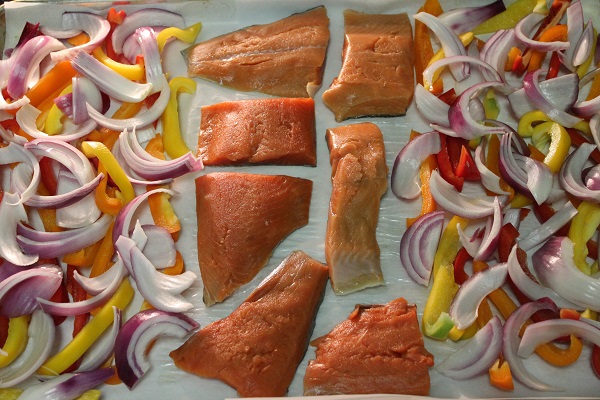
5. Drizzle olive oil over vegetables, sprinkle with 1 tablespoon spice mixture and toss to coat.
6. Brush remaining spice mixture onto salmon.
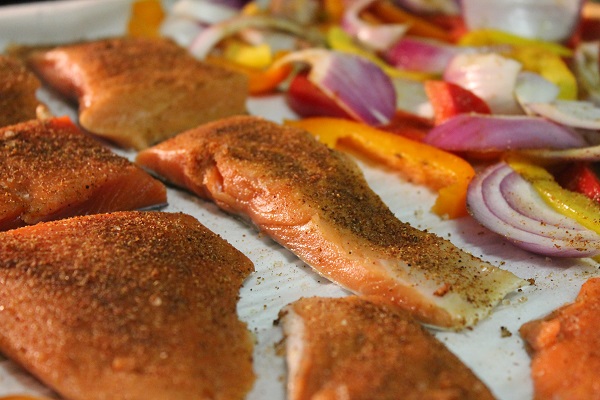
7. Bake for 18-22 minutes, or until vegetables are tender and salmon is easily flaked with a fork.
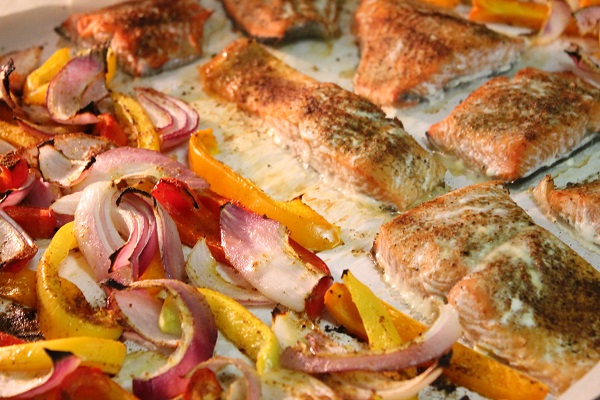
8. Serve with desired toppings. Pair with cilantro brown rice or other nutrient dense carbohydrate of choice for a complete meal.
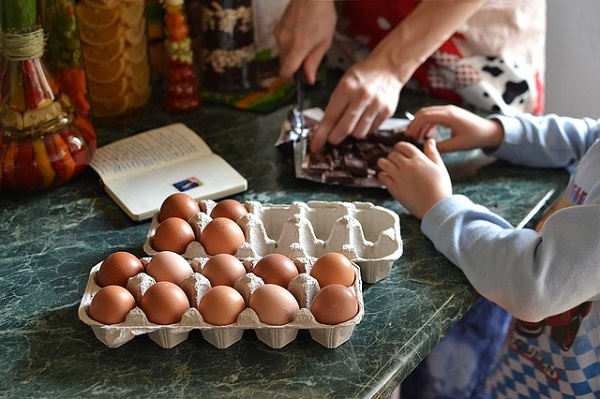
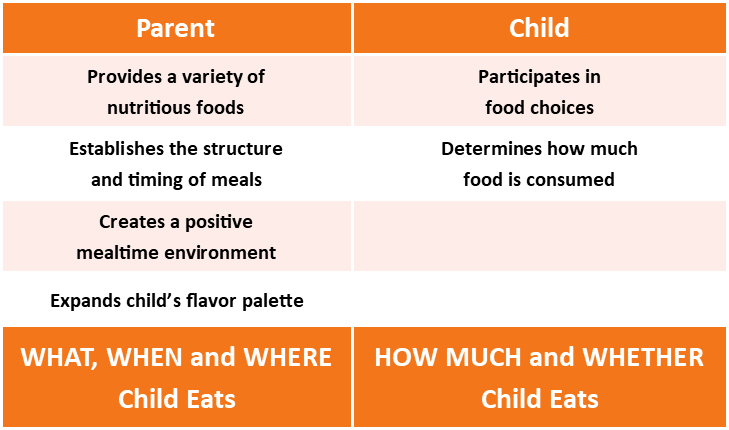
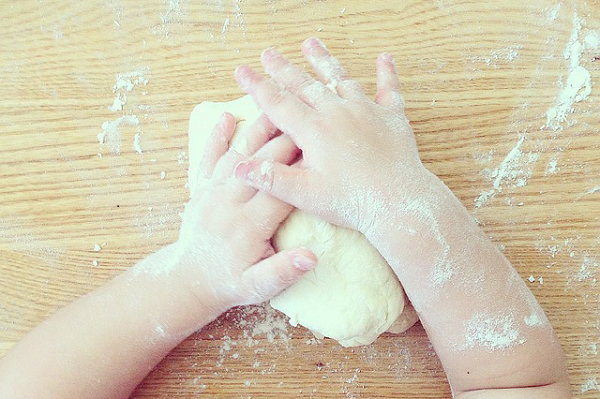
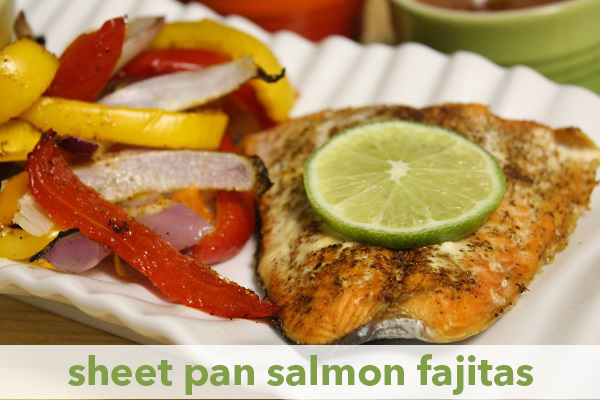
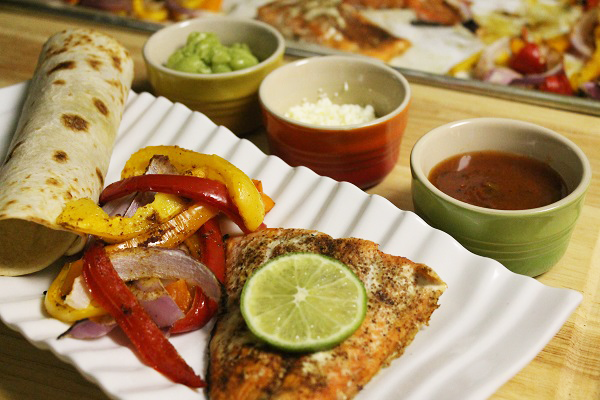

2 Comments
Thank you for the meal template - it is exactly what I have been looking for. We are working to do a better job meal planning each week, and this template will certainly be a great tool to help us be successful!
I'm glad you found it helpful! Having a plan always helps things go smoother on busy weeknights!